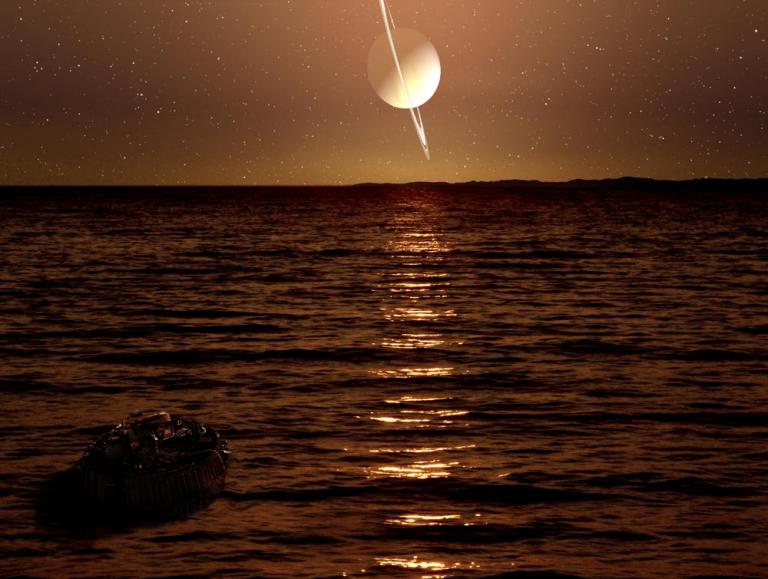
It seems that mushy-headed and irrational theists can still contribute to science despite their total estrangement from reality and logic:
“BYU helps NASA prep for human mission to Mars through study of martian dust particles”
Jani Radebaugh, a planetary scientist and a professor in the Department of Geology at Brigham Young University who specializes in volcanology, geomorphology, and planetary geology, is among those who are involved in NASA’s Dragonfly project:
“NASA’s Dragonfly Will Fly Around Titan Looking for Origins, Signs of Life”
Dr. Radebaugh has also participated in events sponsored by the Interpreter Foundation. See, for example,
“Jani Radebaugh on “The Outer Solar System: A Window to the Creative Breadth of Divinity””
Also see her introduction to the keynote address (“Astronomy, God, and the Search for Elegance”) by Brother Guy Consolmagno SJ, the Vatican astronomer, at the Interpreter Foundation’s second conference on science and religion, which was held in 2016:
“Astronomy, God, and the Search for Elegance”
“Guest opinion: Does science destroy religion and scripture?”
***
In other science news:
“Hubble spies slow-motion fireworks in space”
This one is relevant to the story about Dragonfly above, but most especially it raises the question of the constraints of orthodoxy and consensus and peer pressure in science (as in other fields of inquiry):
“The Pitfalls of Searching for Alien Life”
On an entirely different topic:
“Do Statins Increase the Incidence of Diabetes?”
***
One of the three men who shared the the 2017 Nobel Prize in Physics is Professor Kip Thorne, of the California Institute of Technology:
Dr. Thorne was born in Logan, Utah, in 1940, to two active Latter-day Saint professors at Utah State University. He was raised in the Mormon faith, but he now describes himself as atheist.
He’s long been well-known, even beyond scientific circles. For one thing, he resigned his Richard Feynman Professorship of Theoretical Physics at Caltech in 2009 in order to involve himself in writing and movie making, and his first film project was Interstellar, on which he worked with Christopher Nolan.
The fact that he’s an ex-Mormon atheist has led some critics to cite him as an illustration of Mormonism’s supposed incompatibility with science.
This seems to rest upon a fairly clear non sequitur. The fact that Kip Thorne is an ex-Mormon atheist who has won a Nobel Prize no more demonstrates that his ex-Mormonism contributed to winning the Nobel than Richard Feynman’s occasional bongo-drumming in Pasadena nightclubs proves that playing the drums secured his status as a Nobel laureate in 1965.
But let’s hear what Kip Thorne himself has had to say on the subject.
On 21 June 2013, The Guardian published a profile of Kip Thorne titled “Kip Thorne: physicist studying time travel tapped for Hollywood film: Film will splash one of Thorne’s big ideas – traversable wormholes through space and time – across popular culture.” Here’s a passage from that article:
“Thorne grew up in an academic, Mormon family in Utah but is now an atheist. ‘There are large numbers of my finest colleagues who are quite devout and believe in God, ranging from an abstract humanist God to a very concrete Catholic or Mormon God. There is no fundamental incompatibility between science and religion. I happen to not believe in God.’”
I find it regrettable that Professor Thorne left the faith of his family and his childhood, but I doubt that he would say that having having left Mormonism contributed in any significant way to his scientific abilities or to his winning the Nobel Prize in Physics.










